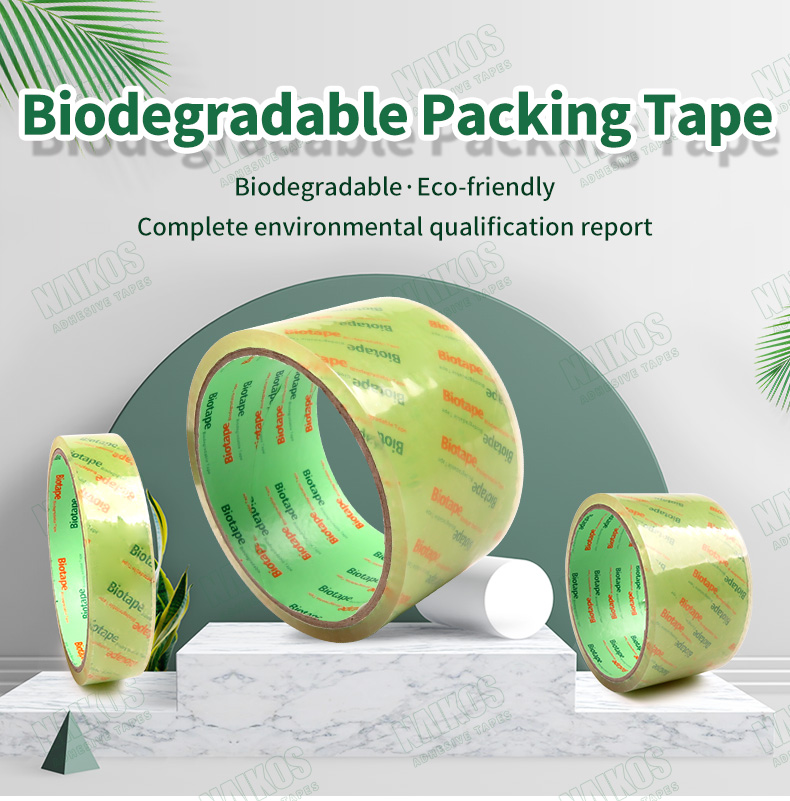Conventional type Sellotape, also known as sticky tape or adhesive tape, is a commonly used item in households, offices, and schools worldwide. It is used for a variety of purposes, such as gift wrapping, packaging, and sealing. However, the question arises, is sellotape biodegradable?
The short answer is no. Conventional type Sellotape is a type of plastic, and as we know, plastic takes hundreds of years to break down in the environment. This means that if it is not disposed of correctly, it can cause significant harm to our planet and its inhabitants.
Conventional type Sellotape is made up of a few different components. The first component is the backing material, which is usually a type of plastic, such as polypropylene. The second component is the adhesive, which is typically made from a mixture of synthetic rubber and resins. Finally, there may be a release liner, which is a paper or plastic backing used to protect the adhesive before use.
Polypropylene, the most common backing material used in sellotape, is not biodegradable. This is because it is a thermoplastic polymer, meaning that when it is heated, it can be molded and shaped into various forms. It also means that it will not decompose naturally in the environment, leaving behind harmful microplastics that can harm wildlife and ecosystems.
The adhesive used in sellotape is usually made from a mixture of synthetic rubber and resins. These components are also non-biodegradable. When the tape is disposed of, the adhesive can stick to other materials, making it difficult to break down and decompose over time.
While some manufacturers may claim that their sellotape is biodegradable, it is essential to investigate the claims carefully. Many of these manufacturers use terms like “oxo-biodegradable” or “photodegradable,” which may sound eco-friendly, but they are still made from non-biodegradable materials.
Oxo-biodegradable products contain an additive that causes the plastic to break down into smaller pieces over time. However, this process still leaves behind microplastics that will remain in the environment for hundreds of years. Additionally, some experts argue that this type of plastic may not even break down as quickly as advertised, leaving a false sense of security for consumers.
Photodegradable products, on the other hand, are designed to break down when exposed to UV light. While this may sound like a good idea, the reality is that most sellotape is not exposed to enough UV light to decompose properly. This means that it may take just as long to break down as regular sellotape, leaving behind the same harmful microplastics.
What are the alternatives?
Fortunately, there are plenty of alternatives to using Conventional type Sellotape that are more eco-friendly. For example, biotape brand biodegradable Sellotape is a type of ECO friendly tape that is made from natural cellulose like wood or cotton. This makes it biodegradable and compostable.
In addition to switching to a more eco-friendly tape, it’s also essential to properly dispose of the tape you do use. This means avoiding throwing it in the trash, where it will end up in a landfill and potentially harm the environment. Instead, consider recycling the tape or composting it if it is made from natural fibers.
Çözüm
In conclusion, conventional type Sellotape is not biodegradable. It is made up of synthetic materials that take hundreds of years to break down in the environment, leaving behind harmful microplastics. You can consider using more eco-friendly alternatives, like biotape tape, and disposing of it properly to minimize its environmental impact.

